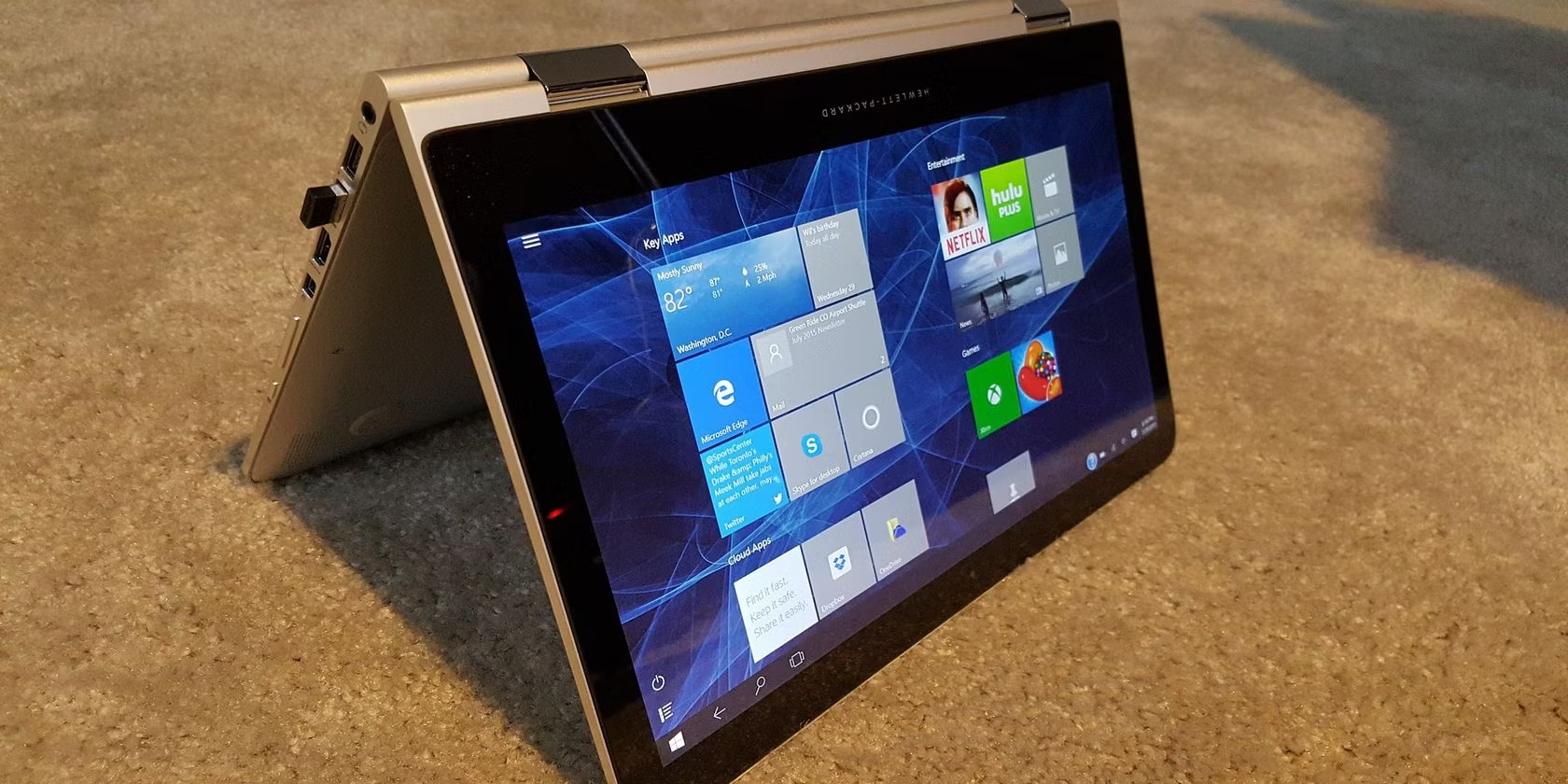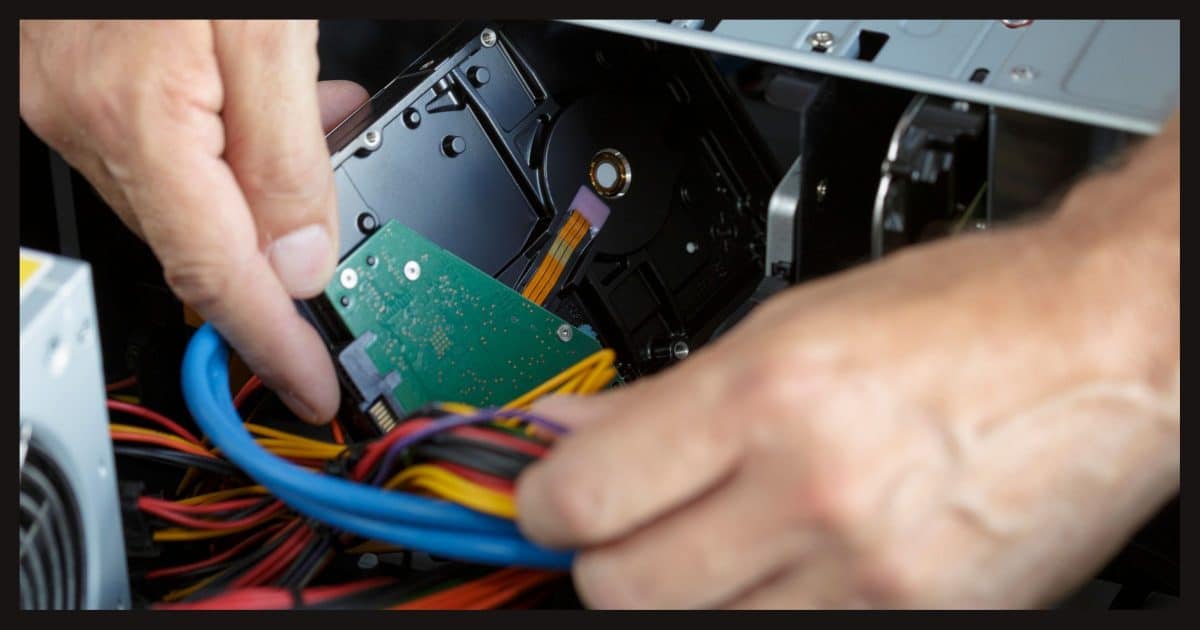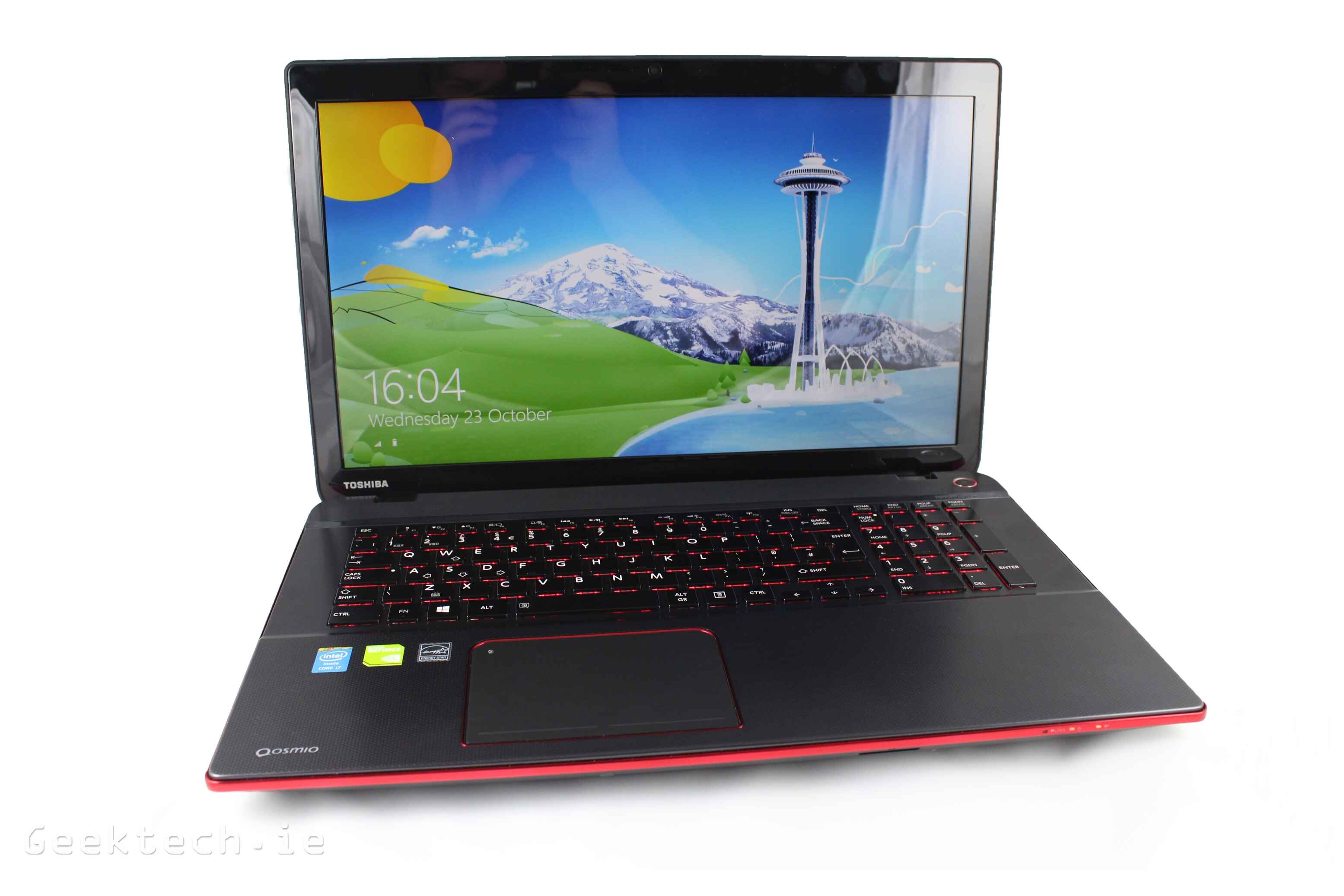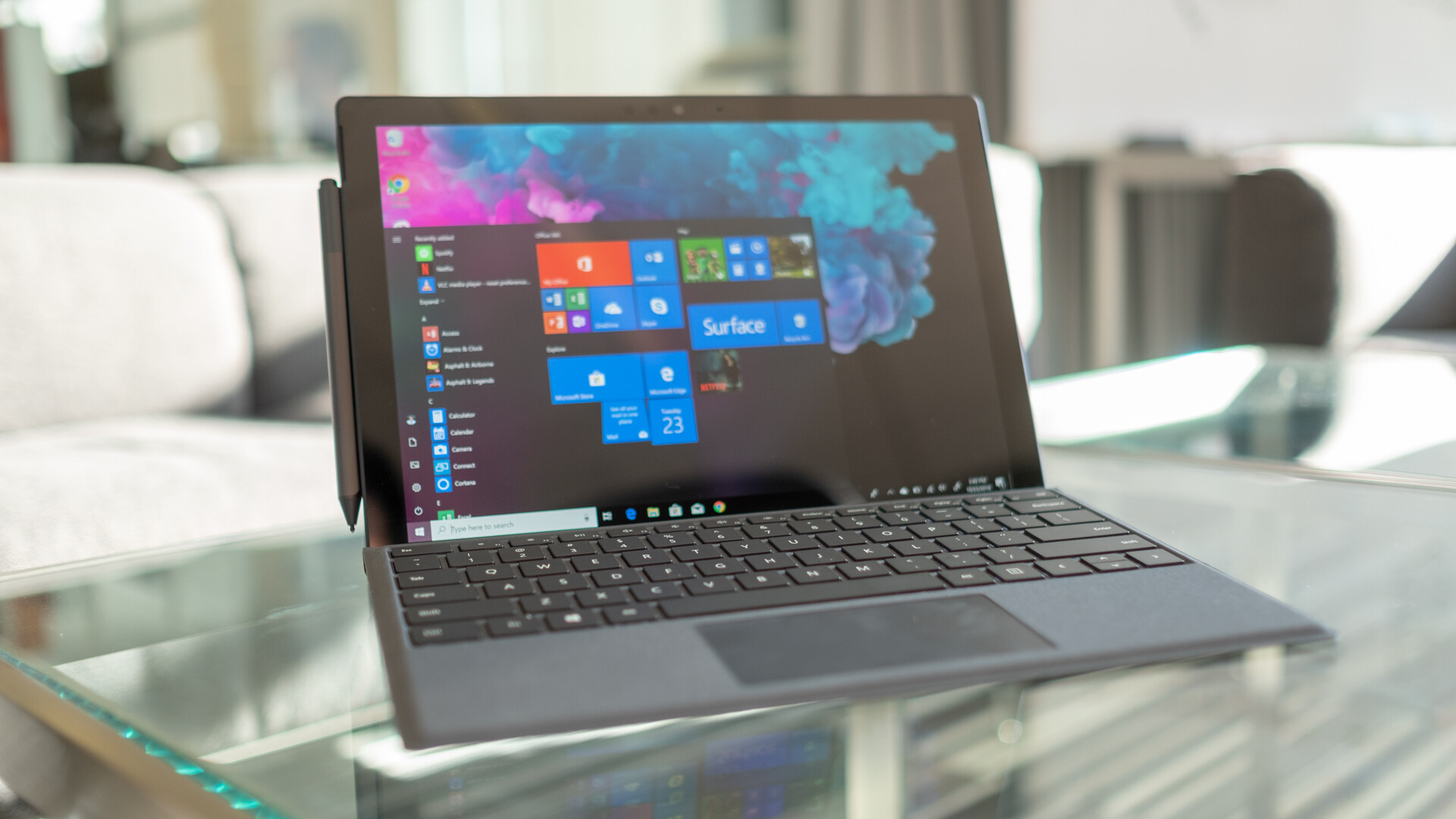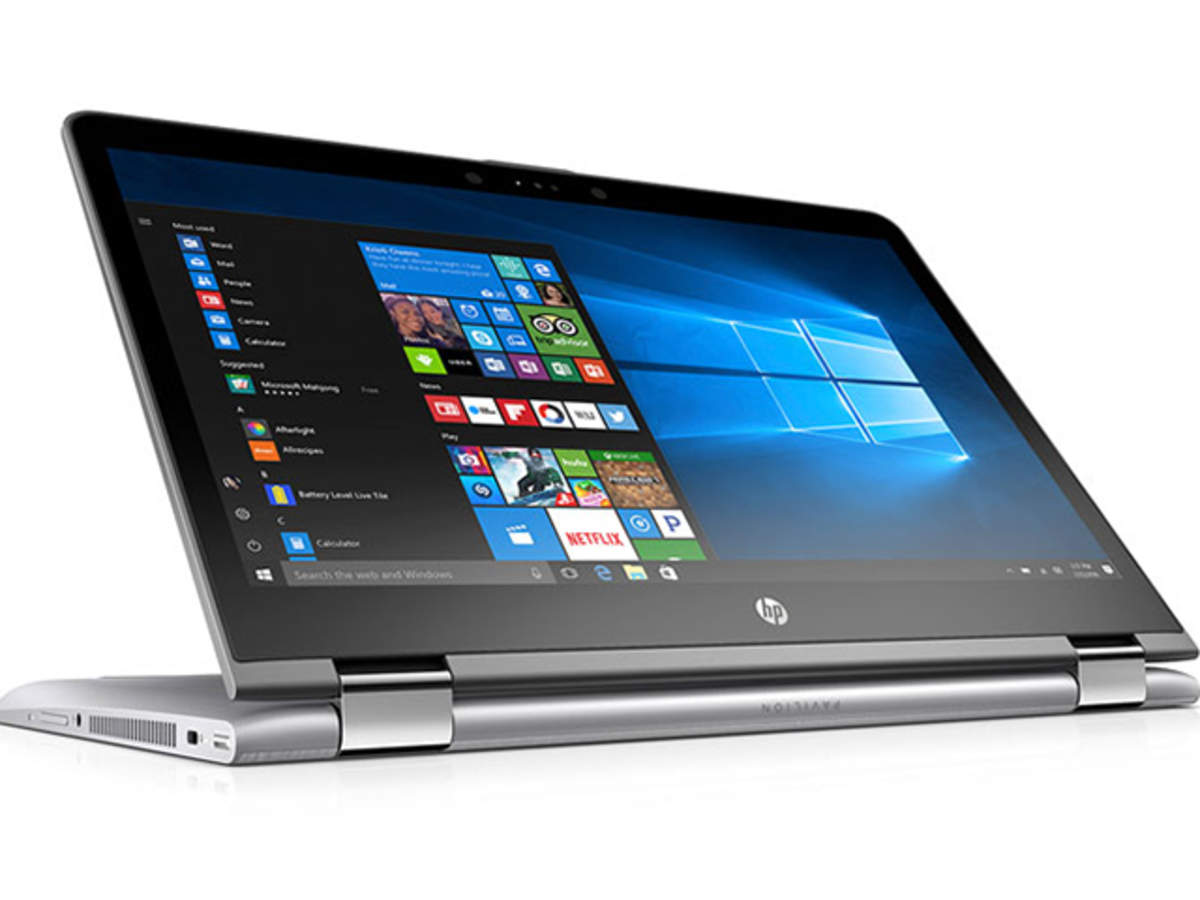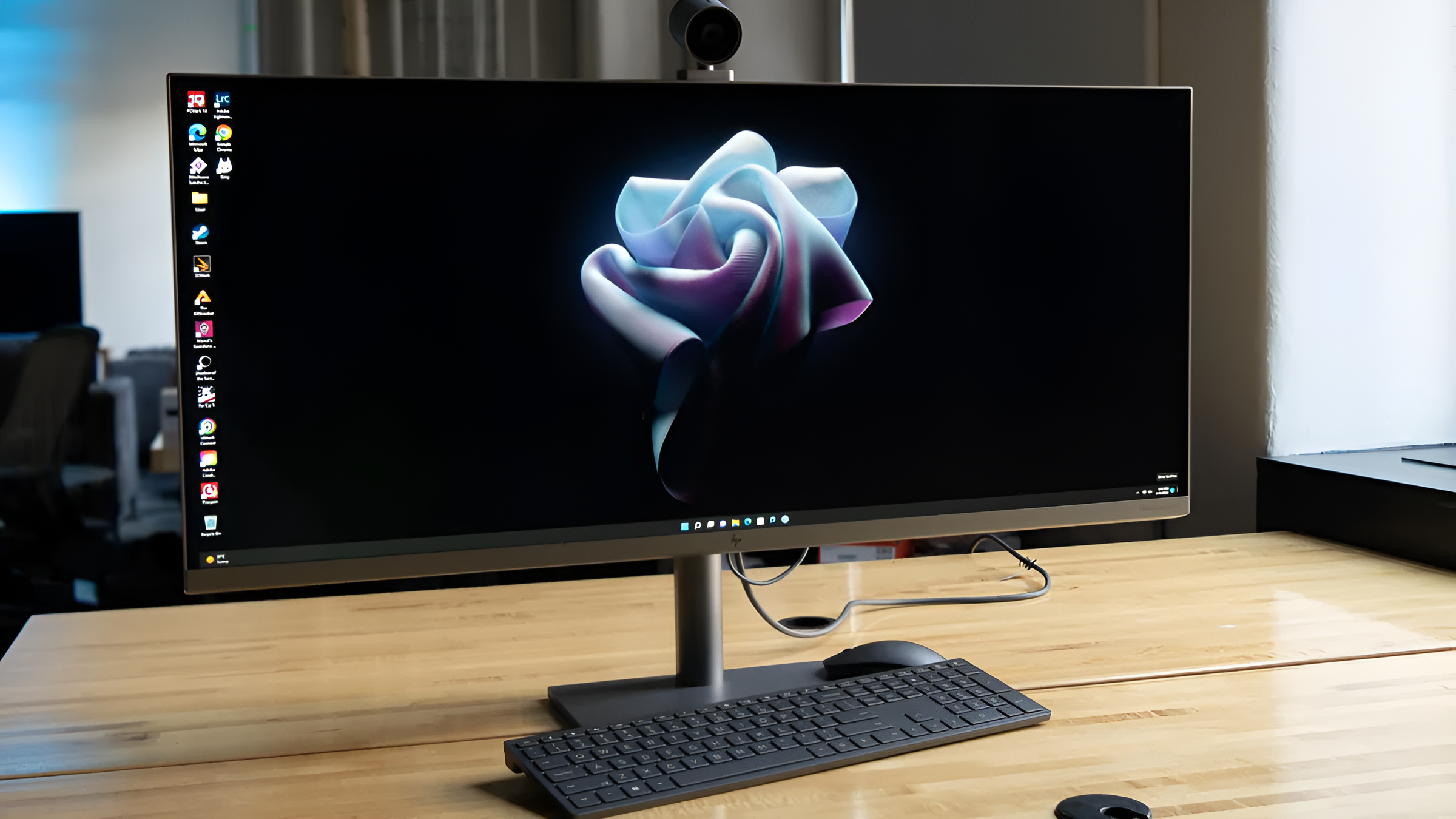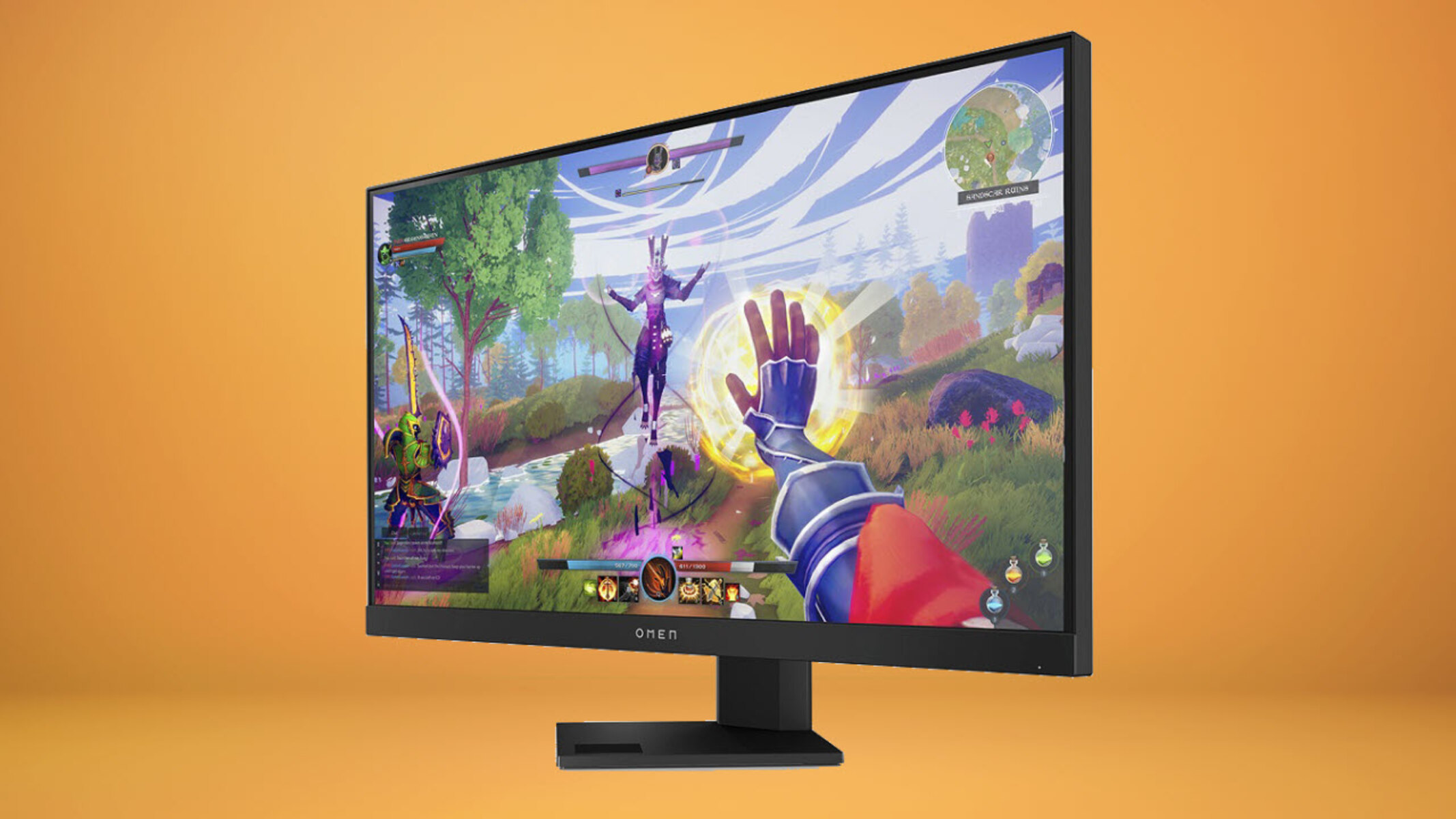Introduction
Welcome to our guide on how to exit tablet mode on HP devices. Tablet mode is a useful feature that transforms your HP laptop or convertible device into a touch-friendly interface, ideal for tablet-like functionality. In tablet mode, the operating system optimizes the user interface, making it easier to navigate and interact with your device using touch or a stylus.
However, there may come a time when you need or prefer to return to the traditional desktop mode on your HP device. This could be for various reasons, such as using certain desktop applications that are not fully compatible with tablet mode, or simply personal preference. Whatever the reason, we’re here to help you exit tablet mode and switch back to the familiar desktop experience.
In this article, we will walk you through different methods you can use to exit tablet mode on HP devices. Whether you’re using Windows 10 or an older version of the operating system, we’ve got you covered. You’ll learn how to exit tablet mode using the Action Center, the Settings menu, the Control Panel, and even a keyboard shortcut. We’ve also included troubleshooting tips for common issues that may arise during the process.
So, if you’re ready to regain the full functionality of your HP device and switch out of tablet mode, let’s dive in and explore the different methods available to you.
Understanding Tablet Mode
Before we delve into the methods of exiting tablet mode on HP devices, let’s take a moment to understand what tablet mode is and how it differs from the traditional desktop mode.
Tablet mode is a feature designed to enhance the touch and stylus capabilities of your HP device, making it more convenient and intuitive to use in a tablet-like manner. When you activate tablet mode, the interface undergoes several changes to optimize the user experience:
- The Start Menu expands into a full-screen Start Screen, displaying tiles that are more touch-friendly and easier to interact with using your finger or stylus.
- All your applications open in full-screen mode by default, making it easier to navigate through your apps using touch gestures.
- The taskbar icons and system tray are minimized to provide more screen space for your applications.
- The virtual keyboard automatically appears when you tap on a text input field, allowing for easier text entry without the need for an external keyboard.
By switching to tablet mode on your HP device, you can enjoy the flexibility and convenience of touchscreen navigation, making it ideal for tasks such as browsing the web, reading e-books, taking handwritten notes, or playing touch-optimized games.
It’s important to note that tablet mode is not limited to HP devices; it is a feature available on Windows 10 and many other convertible or touch-enabled laptops and tablets. However, the specific methods and steps for exiting tablet mode may vary depending on the manufacturer and model of your HP device.
Now that we have a better understanding of what tablet mode entails, let’s explore the different methods you can use to exit tablet mode on your HP device, allowing you to return to the traditional desktop mode and access the full range of features and applications available.
Exiting Tablet Mode on HP
There are multiple methods you can use to exit tablet mode on your HP device. In this section, we will explore four different approaches that cover various scenarios and Windows versions. Whether you prefer using the Action Center, Settings menu, Control Panel, or keyboard shortcut, we’ve got you covered.
Method 1: Using the Action Center
The Action Center is a convenient shortcut menu available on Windows 10 that allows you to quickly access and toggle various settings, including tablet mode. To exit tablet mode using the Action Center:
- Click on the Action Center icon in the taskbar, typically located at the bottom-right corner of the screen. You can also press the Windows key + A to open the Action Center.
- In the Action Center, locate the “Tablet mode” button. It will display either “Tablet mode on” or “Tablet mode off” depending on your current status.
- Click on the “Tablet mode” button to toggle it off. If it was previously on, the button will change to “Tablet mode off,” indicating that you have successfully exited tablet mode.
Method 2: Using the Settings Menu
An alternative method to exit tablet mode is through the Settings menu. Follow these steps:
- Open the Start Menu by clicking on the Windows icon in the taskbar or pressing the Windows key on your keyboard.
- In the Start Menu, click on the “Settings” icon, represented by a gear-shaped icon, to open the Windows Settings menu.
- In the Settings menu, click on the “System” option.
- Within the System settings, select the “Tablet mode” tab from the left sidebar.
- Under the Tablet mode settings, toggle the switch labeled “Make Windows more touch-friendly when using your device as a tablet” to the off position.
Method 3: Using the Control Panel
If you prefer using the Control Panel, you can also exit tablet mode through this classic Windows interface:
- Open the Start Menu and search for “Control Panel.” Click on the Control Panel option in the search results to open the Control Panel window.
- Within the Control Panel, locate and click on the “Tablet PC Settings” option.
- In the Tablet PC Settings window, navigate to the “Other” tab.
- Uncheck the box next to “Use the Input Panel tab” and click on the “OK” button to save the changes.
Method 4: Using the Keyboard Shortcut
If you’re looking for a quick way to exit tablet mode without navigating through menus, you can use a keyboard shortcut:
- Press the Windows key + A combination on your keyboard to open the Action Center.
- Press the “T” key on your keyboard to toggle tablet mode off. You can also use the arrow keys to navigate to the “Tablet mode” button and press the Enter key.
With these methods, you can easily exit tablet mode on your HP device, allowing you to work and interact with your device in the traditional desktop mode whenever you desire.
Method 1: Using the Action Center
The Action Center is a convenient shortcut menu available on Windows 10 that allows you to quickly access and toggle various settings, including tablet mode. Using the Action Center is a straightforward method to exit tablet mode on your HP device. Here’s how you can do it:
- Click on the Action Center icon in the taskbar, typically located at the bottom-right corner of the screen. Alternatively, you can press the Windows key + A to open the Action Center.
- Once the Action Center is open, locate the “Tablet mode” button. This button will display either “Tablet mode on” or “Tablet mode off” depending on your current tablet mode status.
- To exit tablet mode, simply click on the “Tablet mode” button. If tablet mode is currently enabled, the button will change to “Tablet mode off,” indicating that you have successfully switched back to desktop mode.
The Action Center provides a quick and convenient way to toggle tablet mode on and off with just a few clicks. By using this method, you can easily transition between tablet and desktop modes on your HP device, depending on your needs and preferences.
It’s worth noting that the availability and behavior of the Action Center may vary depending on your specific version of Windows 10 or any customization applied by the device manufacturer. However, for most HP devices running Windows 10, the Action Center should be readily accessible with the tablet mode toggle located within its interface.
If you prefer a different method to exit tablet mode or if you encounter any issues using the Action Center, don’t worry! We will cover alternative methods in the upcoming sections to ensure you have multiple options to accomplish this task on your HP device.
Method 2: Using the Settings Menu
Another method to exit tablet mode on your HP device is through the Settings menu. This method allows you to make the necessary changes within the Windows settings to switch back to the traditional desktop mode. Here’s how you can do it:
- Start by opening the Start Menu. You can do this by clicking on the Windows icon in the taskbar or pressing the Windows key on your keyboard.
- In the Start Menu, locate and click on the “Settings” icon. The Settings icon is typically represented by a gear-shaped icon, and it will open the Windows Settings menu when clicked.
- Within the Settings menu, you will see different categories of settings. Click on the “System” option.
- Once you’re in the System settings, navigate to the “Tablet mode” tab from the left sidebar. This tab contains the settings related to tablet mode functionality.
- Under the Tablet mode settings, you will find a switch labeled “Make Windows more touch-friendly when using your device as a tablet.” Toggle this switch to the off position.
By turning off the “Make Windows more touch-friendly” switch, you are essentially disabling tablet mode on your HP device. This will switch you back to the traditional desktop mode, allowing you to utilize the full functionality of your device in a familiar desktop environment.
It’s worth noting that the specific layout and options within the Settings menu may vary depending on your version of Windows 10 or any customization made by the device manufacturer. However, the general steps provided above should guide you in accessing the tablet mode settings and turning off the touch-friendly mode on your HP device.
If you prefer using the Settings menu to customize and manage various aspects of your device, this method provides a convenient and reliable way to exit tablet mode and switch back to the desktop mode on your HP device.
Method 3: Using the Control Panel
If you prefer using the Control Panel interface, you can also exit tablet mode on your HP device by making the necessary changes within the Control Panel settings. Here’s how you can do it:
- To open the Control Panel, start by opening the Start Menu. You can do this by clicking on the Windows icon in the taskbar or pressing the Windows key on your keyboard.
- In the Start Menu, search for “Control Panel” and click on the Control Panel option in the search results. This will open the Control Panel window.
- Within the Control Panel window, you will find various categories of settings. Look for and click on the “Tablet PC Settings” option.
- Once you’re in the Tablet PC Settings window, navigate to the “Other” tab.
- Under the “Other” tab, you will typically find a checkbox labeled “Use the Input Panel tab.” Uncheck this box to turn off the tablet mode.
- After making the necessary changes, click on the “OK” button to save your settings.
By unchecking the “Use the Input Panel tab” box, you are effectively disabling the tablet mode on your HP device. This will switch you back to the traditional desktop mode, providing you with a familiar interface for all your computing tasks.
Note that the Control Panel interface and options may vary depending on your version of Windows or any customizations made by the device manufacturer. However, the general steps provided above should guide you in accessing the tablet mode settings within the Control Panel and disabling it on your HP device.
If you prefer using the Control Panel for managing the settings on your device or if you encounter any issues with the other methods, this method provides an alternative way to exit tablet mode and return to the desktop mode on your HP device.
Method 4: Using the Keyboard Shortcut
If you’re looking for a quick and convenient way to exit tablet mode on your HP device, you can use a keyboard shortcut to toggle the mode on and off. Here’s how you can do it:
- Start by pressing the Windows key + A combination on your keyboard. This will open the Action Center, which is a central hub for accessing various settings and notifications.
- Within the Action Center, you’ll see a “Tablet mode” button. To quickly exit tablet mode, press the “T” key on your keyboard. Alternatively, you can use the arrow keys to navigate to the “Tablet mode” button and press the Enter key.
By pressing the Windows key + A and then the “T” key, you are effectively toggling tablet mode off on your HP device. This keyboard shortcut provides a fast and efficient way to switch back to the traditional desktop mode whenever you desire.
It’s worth noting that the availability and behavior of keyboard shortcuts may vary depending on your specific device model and the version of Windows you’re using. However, for most HP devices running Windows 10, the Windows key + A followed by the “T” key should toggle tablet mode effectively.
Using keyboard shortcuts can be particularly useful if you frequently switch between tablet and desktop mode on your HP device or if you prefer a hands-on approach to managing your device’s settings.
With this method, you have an easy way to quickly exit tablet mode and resume working with the full functionality of your HP device in the traditional desktop mode.
Troubleshooting Common Issues
While exiting tablet mode on your HP device is typically a straightforward process, there may be some issues that you could encounter along the way. Here are a few common issues that users may experience and some troubleshooting steps to resolve them:
Issue: Tablet mode not disabling
Solution: If you have followed the methods outlined above to exit tablet mode but find that it is not disabling, try restarting your device. Sometimes, a simple restart can resolve temporary software glitches that may prevent the tablet mode from disabling properly.
Issue: Tablet mode settings not available
Solution: If you are unable to locate the tablet mode settings in the Action Center, Settings menu, or Control Panel, it is possible that your device does not have support for tablet mode. Check with the specifications of your device or manufacturer’s documentation to confirm whether your HP device has tablet mode capabilities.
Issue: Inconsistent behavior in tablet mode
Solution: Occasionally, you may experience inconsistent behavior while using tablet mode, such as accidental triggering of tablet mode or inconsistencies in app behavior. In such cases, it can be helpful to check for Windows updates and install any available updates to ensure your device is running the latest software with bug fixes and improvements.
Issue: Touchscreen not responsive
Solution: If your touchscreen is not responding or behaving erratically in tablet mode, try cleaning the screen and ensuring that there are no obstacles or dirt interfering with the touch input. Additionally, check for driver updates for your touchscreen device in the Device Manager and install any available updates.
If you encounter any other issues while attempting to exit tablet mode on your HP device, it is advisable to consult HP support resources, such as their official website or customer support, for more specific troubleshooting guides tailored to your device model and the version of Windows you are using.
Remember that troubleshooting steps may vary depending on your specific device and software configuration, so it’s always a good idea to refer to official sources or seek assistance from HP support if you require further help.
Conclusion
Exiting tablet mode on your HP device is a simple process that allows you to seamlessly transition back to the traditional desktop mode. Whether you choose to use the Action Center, Settings menu, Control Panel, or keyboard shortcut, you have multiple options to exit tablet mode and regain the full functionality of your HP device.
By following the methods outlined in this guide, you can easily switch between tablet and desktop modes based on your needs and preferences. Tablet mode provides a touch-friendly interface, ideal for tasks such as browsing, note-taking, and gaming, while desktop mode offers a more traditional and feature-rich environment for productivity and multitasking.
If you encounter any issues during the process, such as difficulties disabling tablet mode or inconsistent behavior, we recommend trying the troubleshooting steps provided or reaching out to HP support for assistance.
Remember, the availability and behavior of tablet mode settings may vary depending on your specific device model and the version of Windows you are using. It’s always a good idea to consult the official documentation or support resources provided by HP for more tailored guidance.
We hope this guide has been helpful in guiding you through the process of exiting tablet mode on your HP device. Enjoy the flexibility and versatility that tablet mode offers, and easily transition back to the traditional desktop mode whenever you need it.







